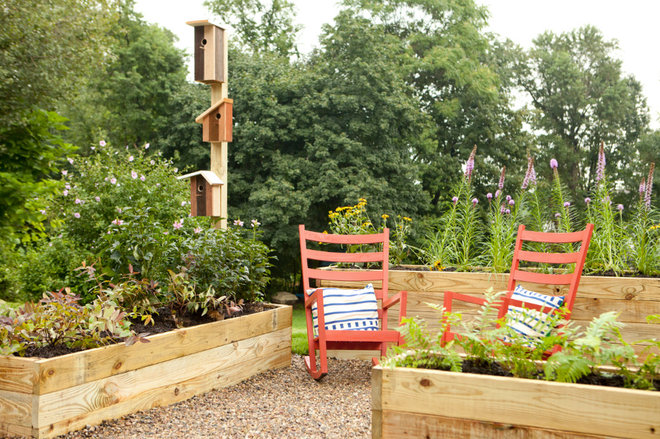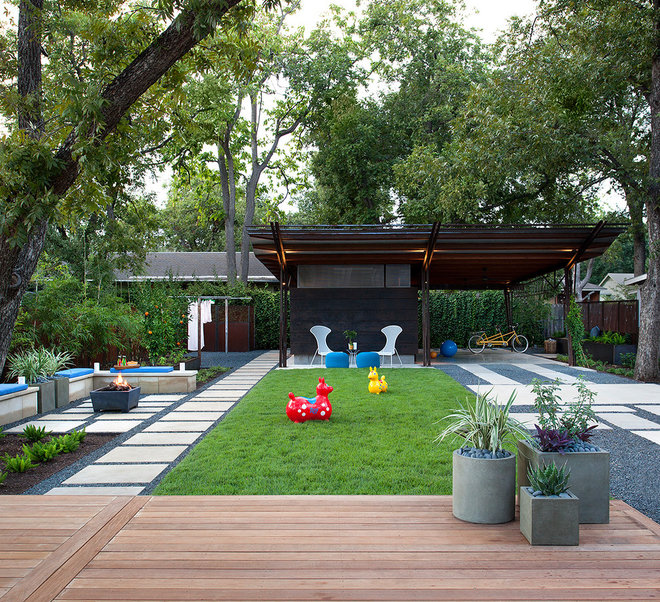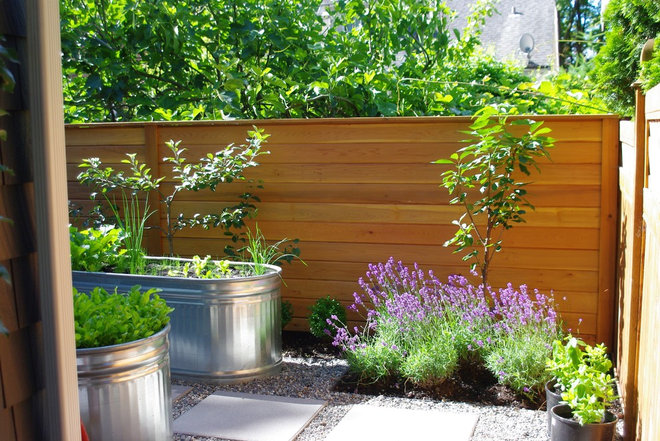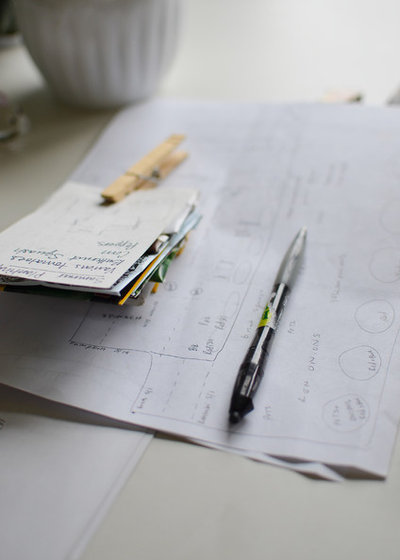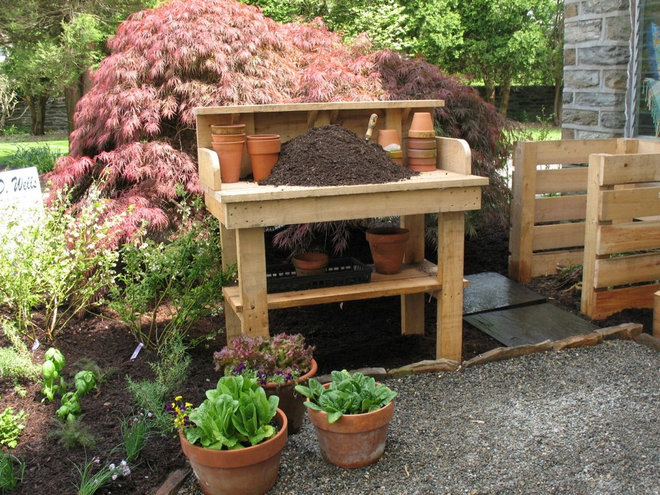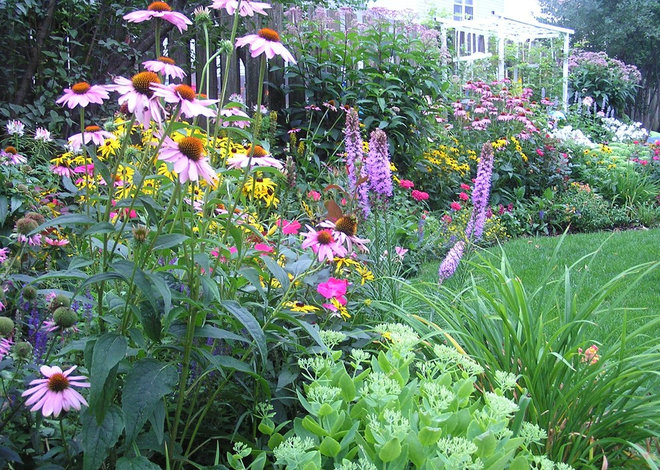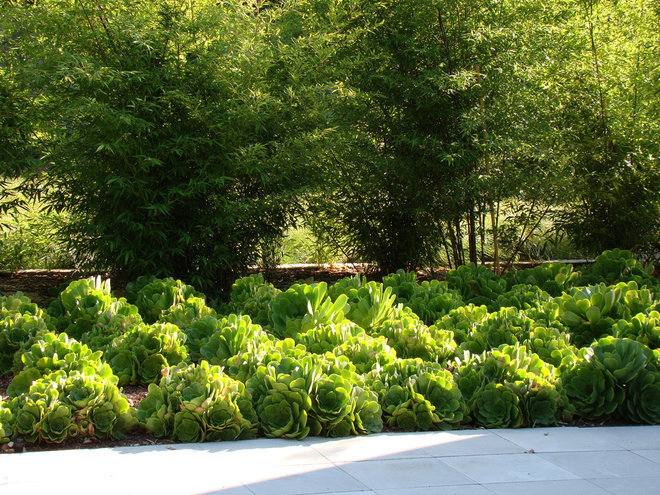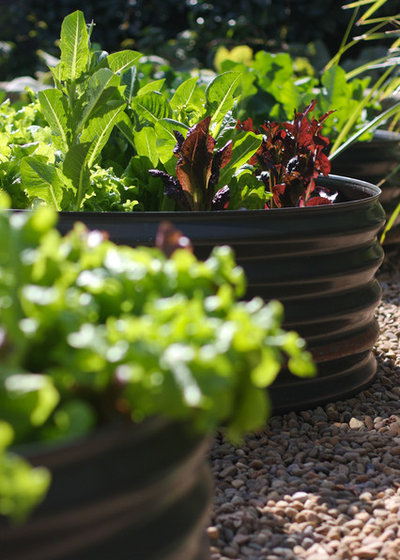10 Tips for Beginning Gardeners
- Take a leisurely stroll around your property with a notebook and make a rough sketch of the existing planting areas.
- Add notes to your garden “map” about which areas get the most sun and which are shaded.
- A simple soil test from your local garden center will tell you whether your soil is well-balanced in nutrients and pH.
- If you’re thinking of growing edibles (vegetables, fruit or herbs), it’s a good idea to have your soil tested for lead. Most at-home kits aren’t reliable indicators of lead in the soil, but you can send your soil samples to the Lead Safe America Foundation for a free lead test. If you find that your soil has an unsafe level of lead, you can still grow edibles in raised beds or pots with new soil.
- List which existing plants and features (such as fences or paths) you’d like to keep and which need to be replaced or removed.
- Spend time just hanging out in your garden. Let yourself daydream and see if any creative ideas present themselves.
For instance, maybe you’ll decide your style is Industrial Zen or Playful Modern or Simplified Cottage. While you’re figuring this out, it helps to keep a photo of the exterior of your home at hand — whatever style you choose should be able to work well with the architectural style of your home as well as your personal preferences.
Once you’ve named your style, take a moment to jot down the activities and features you imagine enjoying in your landscape. If you have children, you may need a lot of open space for running around. Or perhaps you dream of relaxing in the middle of a big wildflower meadow — whatever it is, write it down.
Browse garden photos on Houzz and save your favorites
This holds true for purchasing plants too: It’s easy to get seduced by the bountiful plants at the nursery and come home with far too many. Remember, planting takes time, so buy only what you can comfortably get into the ground within the next day or two.
Pulling this information together into a sketched-out plan (no artistic skills required) takes extra time initially but will make for a more successful garden in the end. Choose plants that bloom in different seasons for year-round color, and be sure to pick plants with similar sun and water requirements to plant together.
How to Buy Healthy Trees and Shrubs
- Gardening gloves. Choose a pair that feels comfortable and protects against thorns.
- Shovel. This is essential for preparing sizable garden beds and for digging holes for trees, shrubs and large plants. A shovel with a pointed tip is more versatile than a flat spade.
- Trowel and weeding tool (or a Japanese gardener’s knife). Use these tools to dig holes for planting and pull weeds out at the root.
- Long garden hose and spray nozzle. Select a hose long enough to comfortably reach each of the main areas of your garden.
- Hand pruner. Sharp clippers can trim branches and cut back woody plants like rosemary.
- Metal rake. Use this to spread mulch and prepare beds for planting.
- Leaf rake. Use a flexible plastic or bamboo rake to gather leaves.
9. Grow what you like. This sounds utterly simple, but it’s something even the most experienced gardeners sometimes seem to forget. Why grow squash if it’s not really your favorite? Over the years, we’ve stopped bothering to grow beans and zucchini, instead devoting extra garden space to family favorites like snap peas, radishes, Tuscan kale and mini pumpkins for Halloween.
How to Grow Cool-Season Crops | How to Grow Summer Fruits and Vegetables
Gardening is a lifelong learning experience, and even the most seasoned gardeners are learning all the time — so don’t beat yourself up if it seems that there’s too much to know. Just begin somewhere and take it one season at a time. The wonderful thing about gardening is that there’s usually room for do-overs.
